I started making pinhole cameras for the same reason I imagine many people do – because I could! They are deceptively simple objects – after all it’s just a box with a hole in it, right! Regardless, they are capable of producing beautifully complex images.
In my early experiments I used what I could find around me – matchboxes, bits of ducting and even felted sheep’s wool. Alongside this, and armed with my trusty Ondu 135, I was learning how to produce the kind of images I wanted using pinhole cameras. I began to understand that I wanted more flexibility to shape my camera to my ideas.
After a brief diversion into creating an underwater pinhole camera (that’s another story) I set to work designing a camera which could change and adapt to new ideas.
I wanted to make a modular camera so that different shutters, lenses, film planes, bodies etc could be interchanged within a common system. 3D printing at home enabled me to quickly develop and iterate my ideas on how to do this. I built and used several prototype modular cameras during 2019/20. Each iteration refined the connection system which is central to the design. The aim of this connection was to keep things simple. The bayonet connection between the lens/shutter (the “front”) module and film guide (the “middle”) module also holds the two parts of the body together. Modules can be easily swapped out between shoots and different combinations of modules can be experimented with.
So far I have prototyped both 35mm and 120 versions of the modular camera, a variety of different shutter and film plane designs, and a body extension for the 120 allowing it to take panoramic shots. The wishlist of modules I’d like to develop grows each week!
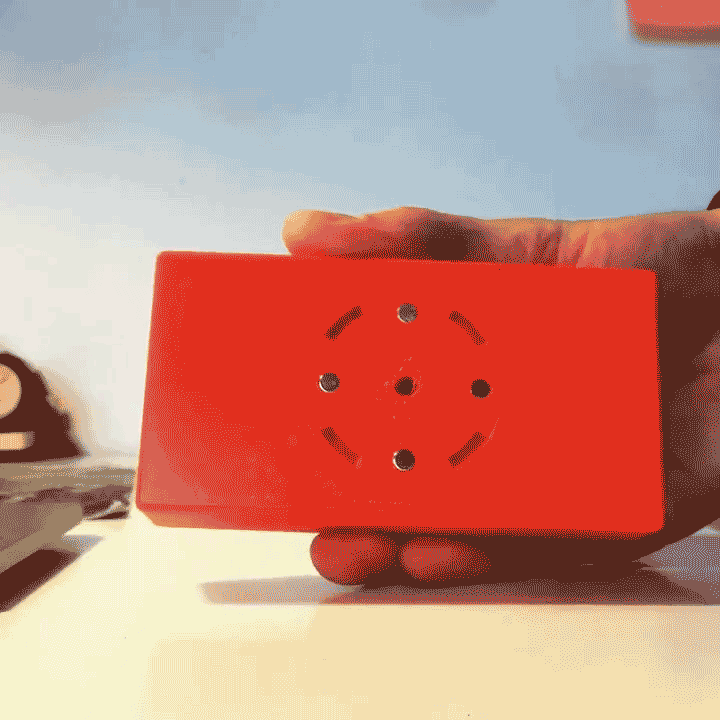
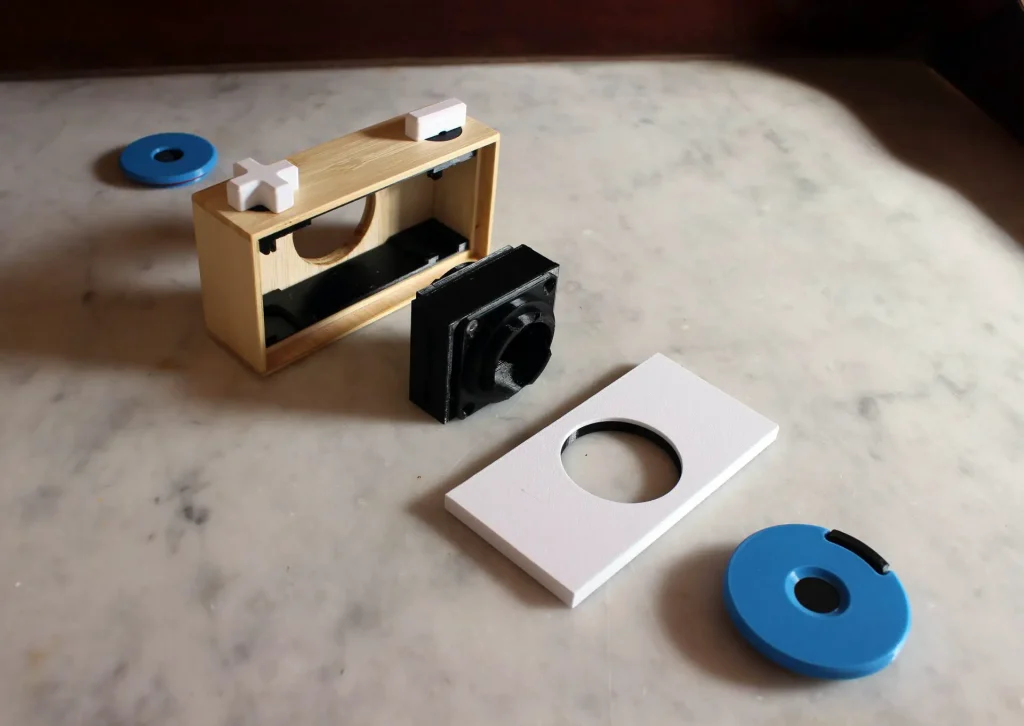
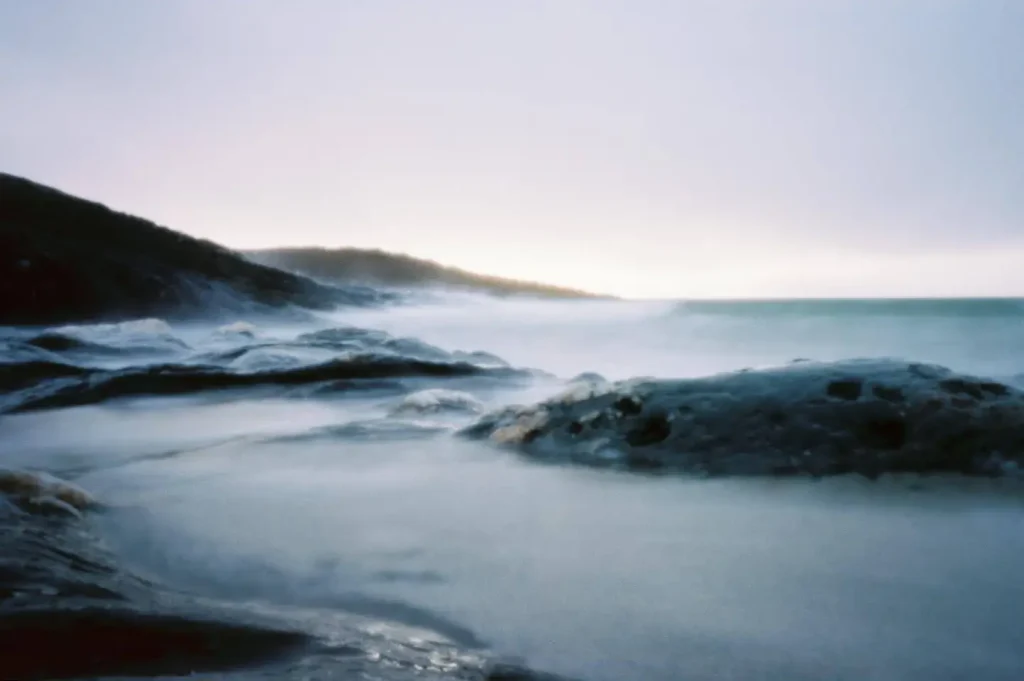
Environmental Impact
All creators should be considering the environmental impact of the things we create. From podcasts to products there are opportunities to reduce the burden on the planet. With the modular camera design I have ensured that no dissimilar materials are permanently joined. This means that the camera can be completely disassembled to the constituent materials. This matters because it makes possible the reuse and recycling of the raw materials. The majority of parts in the latest prototypes are 3D printed from recycled PETG plastic.
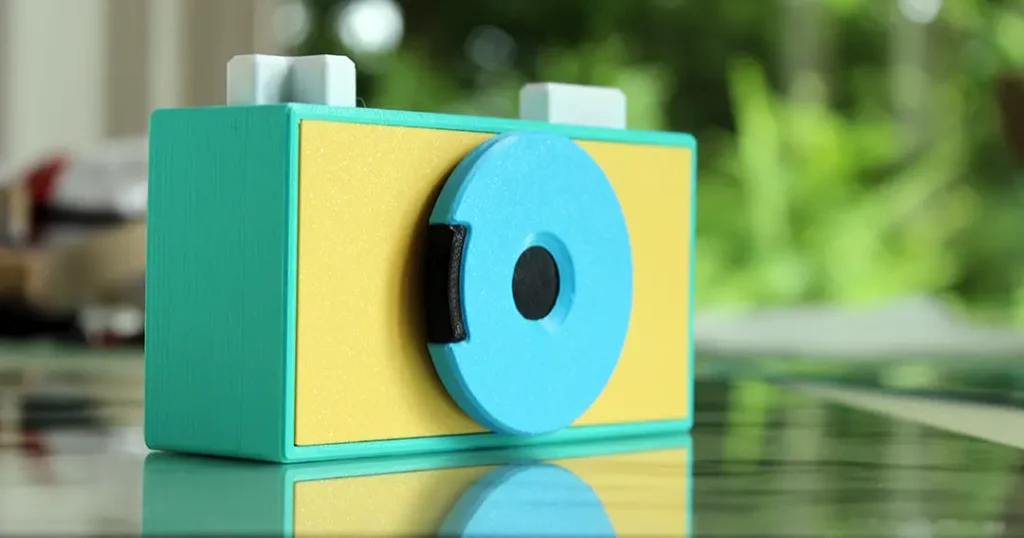
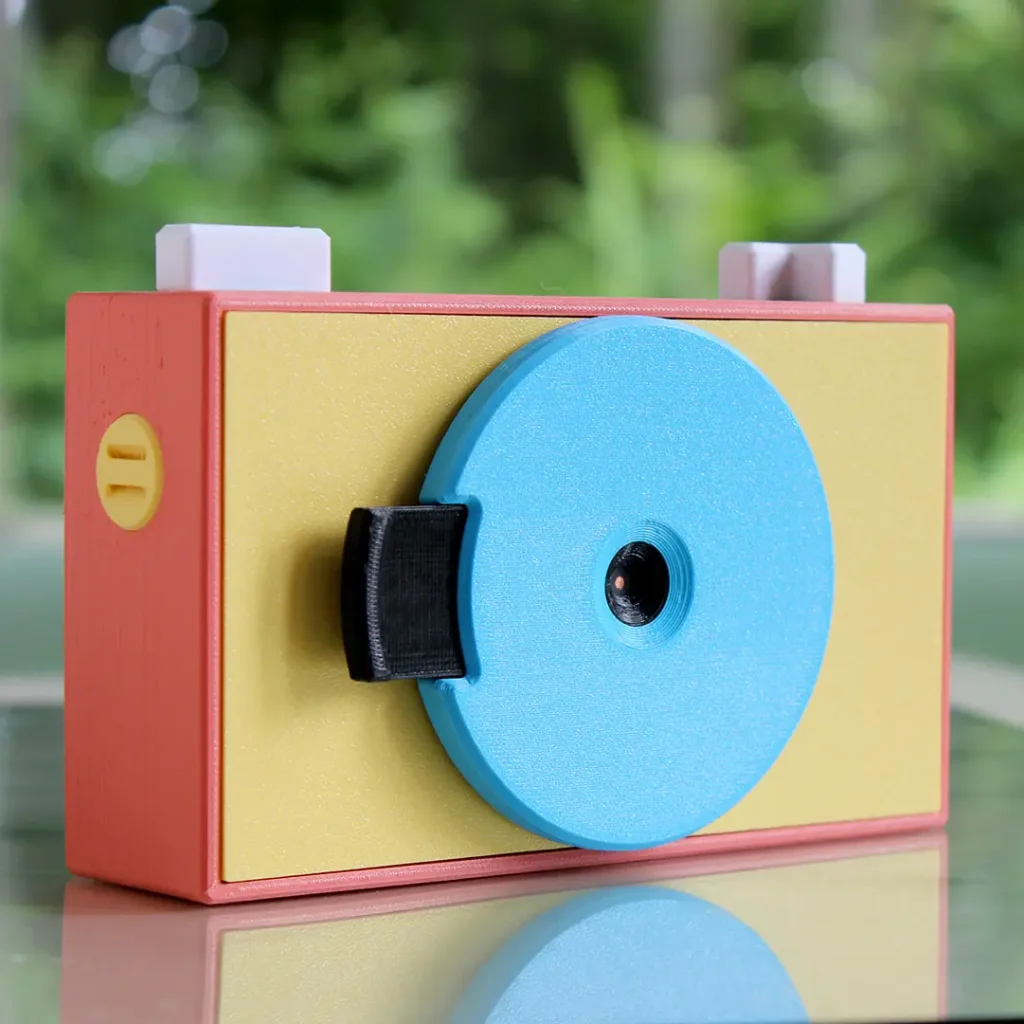
Progressing the project
In January 2021 I applied to the Analogue Wonderland film photography community fund and was delighted to be one of the projects selected from Round 1. The funding has enabled me to produce four prototypes of the cameras for testing; two 35mm versions and two 120. The prototypes have ‘normal’ film guides as well as curved film plane and panorama modules, and a quad lens/shutter which takes four separate images over the film area.
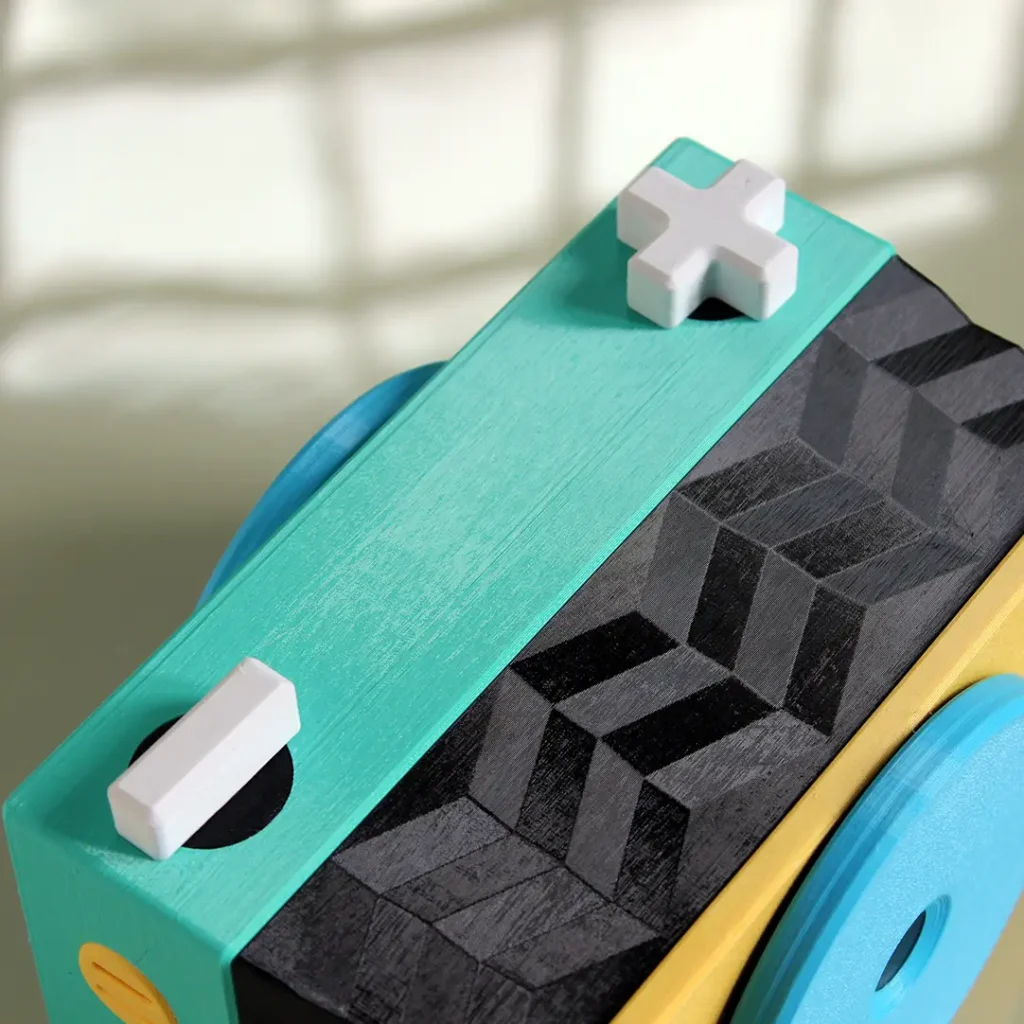
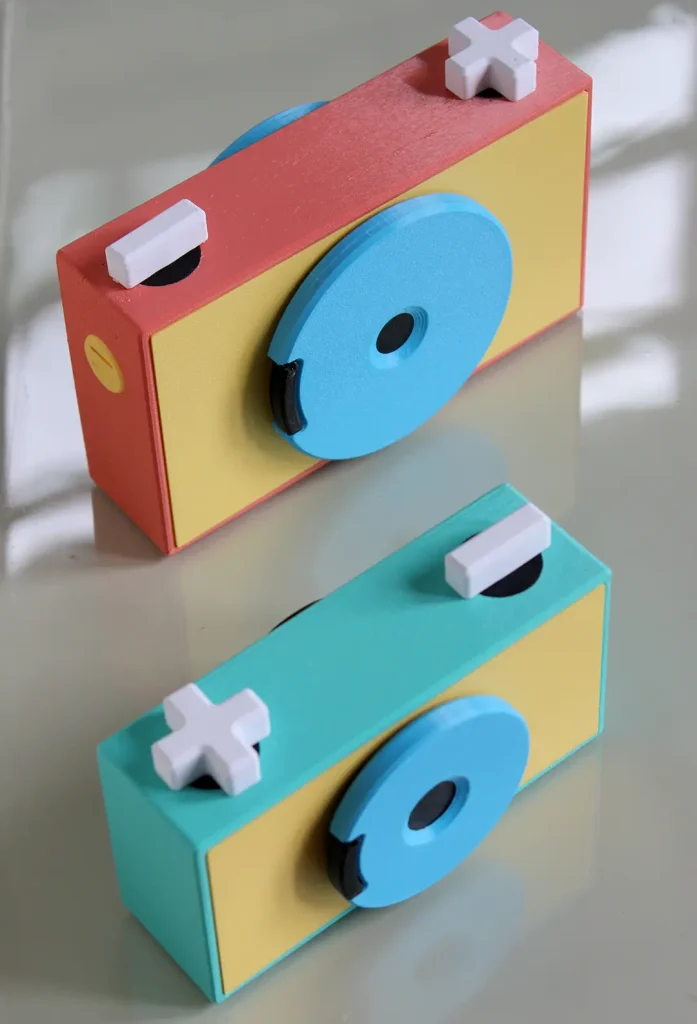
The pinhole lens and shutter are combined in one module. Magnets are used to hold the shutter closed and ‘spring’ it open. The film guides support the film along the film plane and also masks the area to be exposed. The ‘normal’ 35mm film guide can be rotated to expose either 24×36 or 35×36 (full height) images. The ‘normal’ 120 film guide enables either flat or curved film plane 6×6 images.
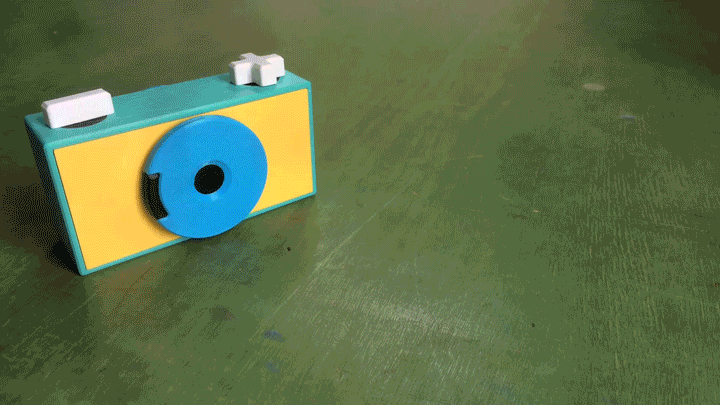
I will shortly be inviting interested photographers to test and experiment with the cameras and provide feedback. I’m also interested to hear from any photographers who’d like to see different modules developed.
Massive thanks to all who contributed to the film photography community fund over at Analogue Wonderland. To keep in touch with the project you can follow me on Instagram @nils_aksnes, Twitter @nilsbymouth or check out this page. I’d love to hear from you if you are interested in testing the cameras or have suggestions for modules that you’d like to see.
Share this post:
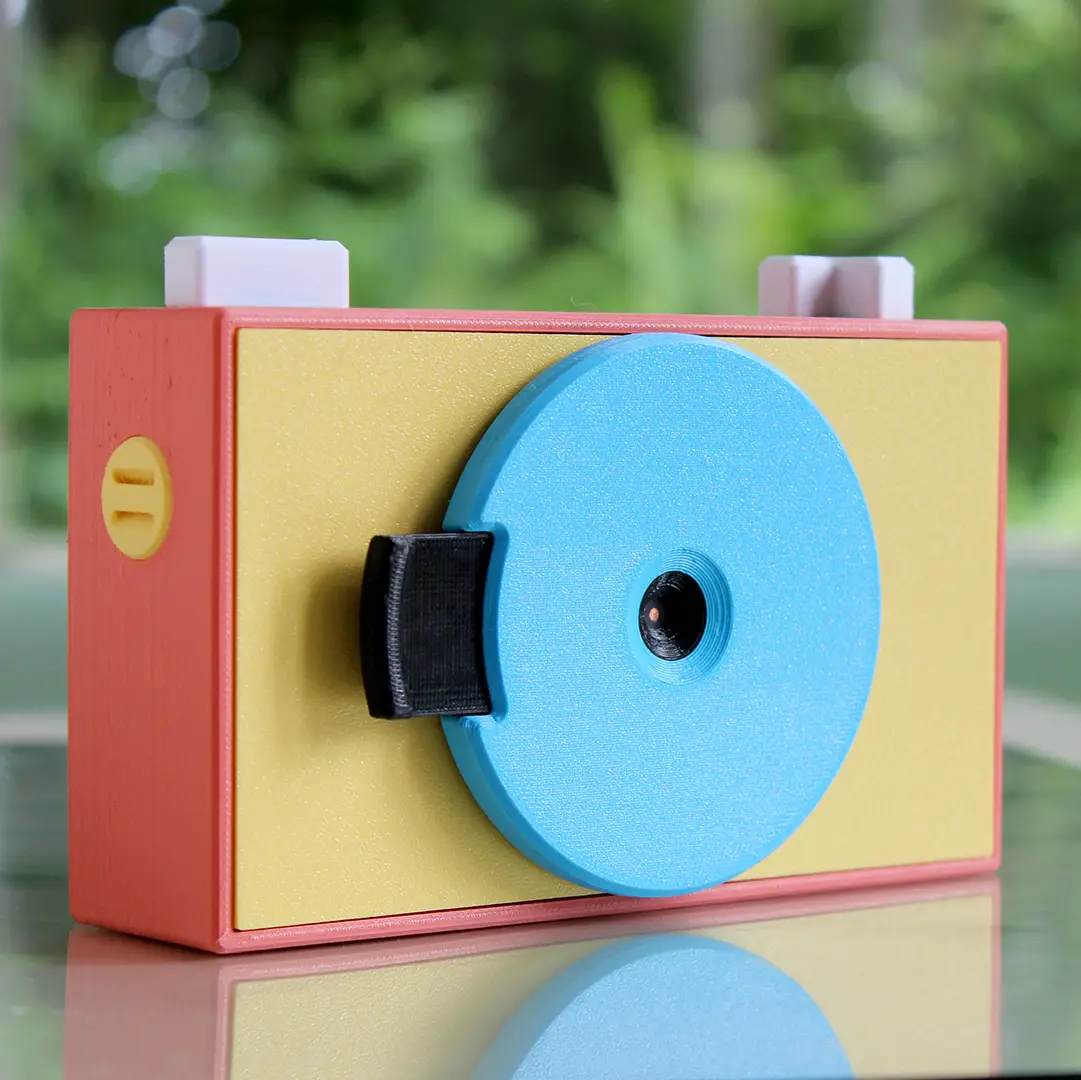








Comments
Dale Willetts on Developing A Modular Pinhole Camera – By Nils Aksnes
Comment posted: 14/07/2021
Comment posted: 14/07/2021
Comment posted: 14/07/2021
Comment posted: 14/07/2021
Timothy on Developing A Modular Pinhole Camera – By Nils Aksnes
Comment posted: 14/07/2021
Comment posted: 14/07/2021
Lee on Developing A Modular Pinhole Camera – By Nils Aksnes
Comment posted: 14/07/2021
Comment posted: 14/07/2021
DeeDee on Developing A Modular Pinhole Camera – By Nils Aksnes
Comment posted: 14/07/2021
Comment posted: 14/07/2021
Bill Brown on Developing A Modular Pinhole Camera – By Nils Aksnes
Comment posted: 14/07/2021
Comment posted: 14/07/2021
Kevin Ortner on Developing A Modular Pinhole Camera – By Nils Aksnes
Comment posted: 14/07/2021
Comment posted: 14/07/2021
Comment posted: 14/07/2021
Andrea Bevacqua on Developing A Modular Pinhole Camera – By Nils Aksnes
Comment posted: 14/07/2021
Comment posted: 14/07/2021
Rock on Developing A Modular Pinhole Camera – By Nils Aksnes
Comment posted: 18/07/2021